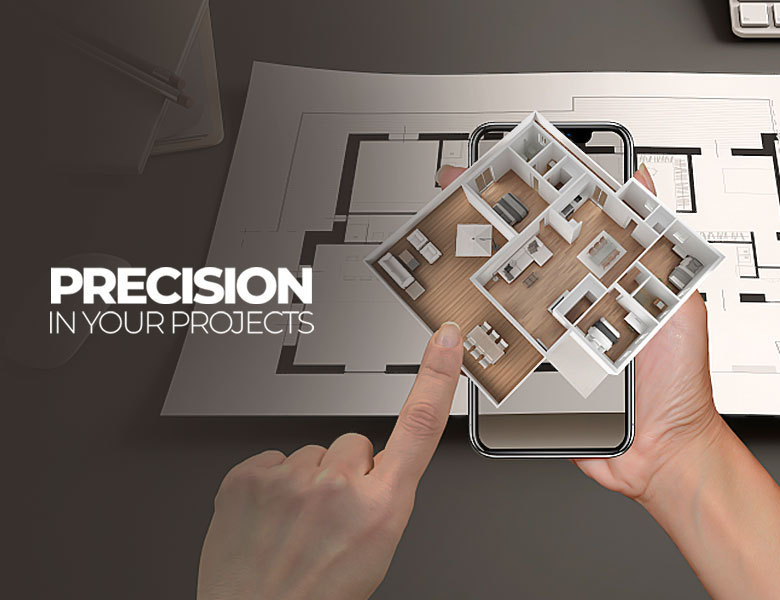
Top 5 construction industry trends for 2022
The year 2022 has barely started and the construction sector is already in full swing and has been showing surprising growth data! This shows that the sector has recovered from the damage caused by the pandemic and that expectations for the coming years, and even this one, are encouraging.
For those who work in this area of the market, everything seems to be new. That’s because, after two years in which the whole world seemed to slow down a little in its growth rate in several sectors, technology has followed its course. But is your team ready to face the new reality of the construction industry?
Check out in this content the 5 construction industry trends for 2022 and get up to date!
Construction industry trends for 2022: what to expect?
Today, there are a number of new devices, software and solutions available to make work easier and, above all, contribute to construction productivity. It is possible to save time, reduce the manual work of the team, observe more assertive and accurate data, increasingly realistic projections and, of course, result in reduced costs.
Below we leave you a list of the main trends for the year 2022 and what you should expect regarding the possible changes. Want to know more? Then follow this content until the end!
1. Central database
Also known as BIM – Building Information Modeling, this trend works as a central collaborative database. Its functionalities allow the work to be carried out remotely, simultaneously and with data crossing.
In this way, each of the specialist professionals working on the project is able to contribute with their work without the final result becoming divergent. All team members are able to work on a single project and have access to all available information.
2. Sustainable building materials
With the increasingly rapid progress of the global warming scenario and with policies to encourage the practice of sustainability, civil construction has also adapted so that its projects are more responsible and aware.
What started a few years ago, with the preference for sustainable building materials, has also extended to work models, the impacts of material transport and the proper disposal of the “garbage” generated in construction.
Sustainability should be everyone’s concern and it’s a game changer when we think about successful corporations. With consumers increasingly aware and public policies more focused on protecting the environment, it is necessary that all projects and processes are adapted according to this trend.
3. Drones
We already talked about the use of drones in an exclusive post here on our blog, but we need to emphasize once again that these devices continue to be one of the biggest trends in civil construction. In addition to capturing high-resolution images and transmitting them in real time, drones also have easy access to unstable terrain and surrounded by forest and other types of construction.
The use of the drone allows the professional to have complete access to all information related to the site, as well as images of the progress of the work and measures necessary for calculations and decision making. All this without having to move to the indicated space.
The cost of using drones can also be a very economical option for the project, as there are third-party companies that provide the highest quality service.
4. 3D printing
3D printing of objects and utensils is no longer new to anyone! However, it continues to be a trend for the most diverse sectors of the market. Especially when we talk about construction.
This is because, just as the drone facilitates the process of studying and mapping the site, 3D printing allows you to have a very clear idea of the final project in a physical and miniature form. But if you’re thinking it ends there, you’re wrong.
Nowadays the technology used in 3D printing has become so advanced that many construction companies have used building materials produced from this tool. In addition to being much more sustainable, they are quality materials and produced tailored to the needs of the project.
5. Use of robots in construction
Among all industry and market sectors, civil construction continues to be one of the most labor intensive. And much of the work done manually today can be automated using robots programmed by experts in the field.
This not only prevents accidents at work, since the robot is capable of carrying out the most dangerous activities for workers, but also contributes to the correct execution of tasks.
In addition to performing the same job much faster, you can also save on the costs incurred by lost material through human error.
Did you like our tips on construction industry trends for 2022? Then read also: The use of drone in civil construction







